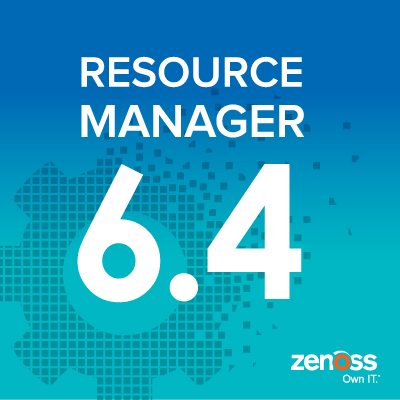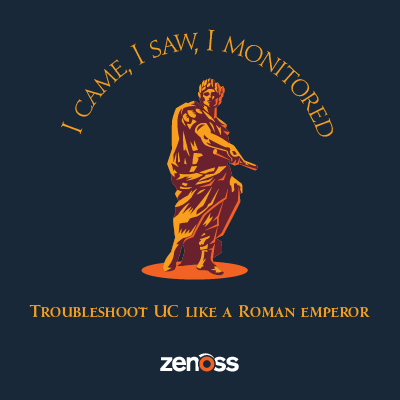Why Cisco UCS PM Users Switch to Zenoss Cloud
On July 16, 1969, the Apollo 11 space flight launched toward the moon carrying a crew of three. Several days later, on July 20, 1969, the United States successfully landed two humans on the moon. Neil Armstrong and Buzz Aldrin later relaunched from the moon’s surface to join Michael Collins and return to Earth, splashing down in the Pacific Ocean on July 24, 1969.











